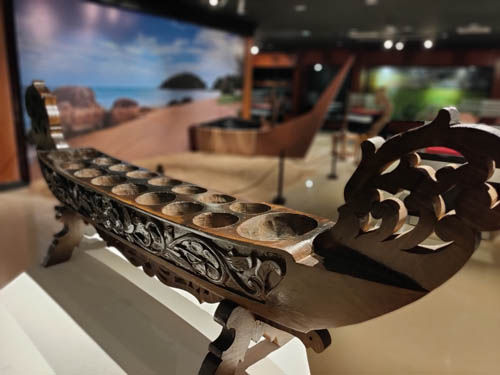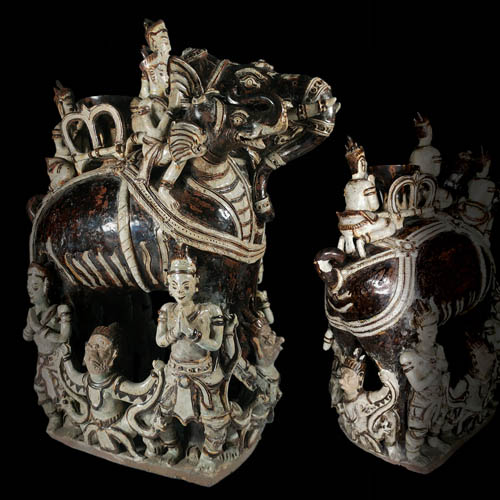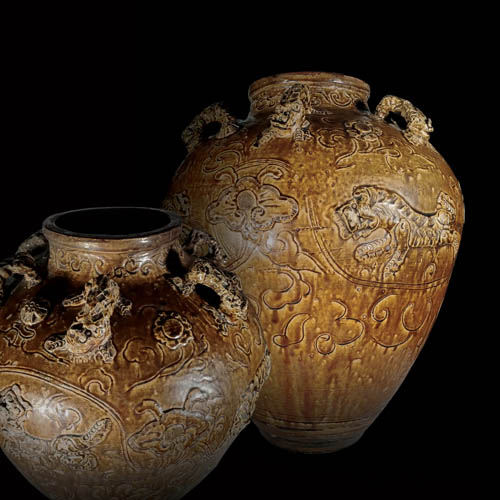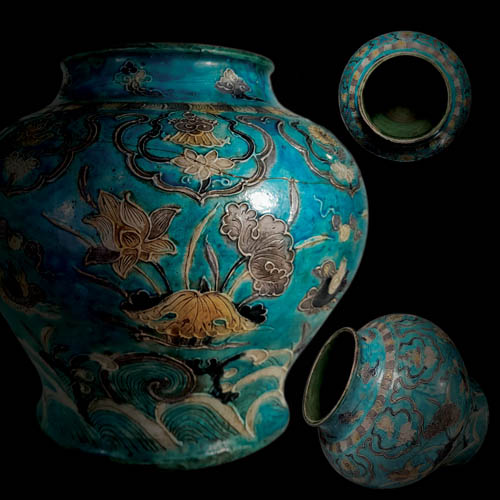The collection of the Museum of Asian Art has a long history, having been built up over a period of almost 50 years. The first item on record is a bronze Buddha head from Chiengsen period (1400-1550 AD), Thailand, given to the museum by Kun Krassri Nimanamhasminda in 1954. This contribution marked the beginning of the University of Malaya Art Museum at that time based in the university’s campus in Singapore. The Buddha head was thus acquired several years before the University of Malaya campus was established in Kuala Lumpur in 1962. At that time a section of the university library was used to display the artifacts. The museum’s present home was built to accommodate the increasing new acquisition. In Jun 1980, the new building was built in the scenic area between the Faculty of Economics and the Law Faculty (currently occupied by the Business and accounting Faculty). Within its three floors of exhibition space, the museum represents three civilizations; the Indian, The Chinese and the Islamic (Malay culture).

The Malay collection includes crafts products such as basketry, textiles, brass ad silver and wood carving. Some of these artifacts are used as jewelery, household items, weaponry and items in Malay customary practice (adat).
Has a collection of Khmer pottery from 9th-14th century. Outstanding examples of Khmer style pottery such as an elephant spouts, owl bowls asymmetrical egg porcelain. The most important collection of Thai ceramics comes from Ban Chiang Period, as well as Sukhothai and Sawankhalok. A comprehensive collection of keris (daggers)from the Malay world. The cultures of Indonesia, Vietnam and the Philippines are represented through sculptures, textiles, jewelery, ceramics, and terra-cotta works and so on.
.


A collection of Indian stone sculpture, from as early as the Sathavahana period, as well as Jain and Buddhist iconography. Temple sculptures, bronze images, miniature painting, and wood carvings reflecting the richness of Indian culture
Ceramics from as early as the Kashan period which created blue and white porcelain to the 19th century. Islamic bronzes, miniature paintings, tombstones and precious stones for the purpose of making seals.


A range of Chinese ceramics and porcelain that covers almost entire history of the art form in China (3,000 years); represented by tripod pottery, Tzu Chuan wares, artifacts including porcelain from the Song Dynasty till Chiang dynasty (late 19th century) porcelain.
Ceramics originating from the early Karatsu tradition and Imari/Kakiemon period. A group of ceramics called as Temmuku. Most scholars recognize these as artifacts introduced from China, but used by Japanese as part of the tea ceremony in the early 14th century.

Last Update: 02/04/2022